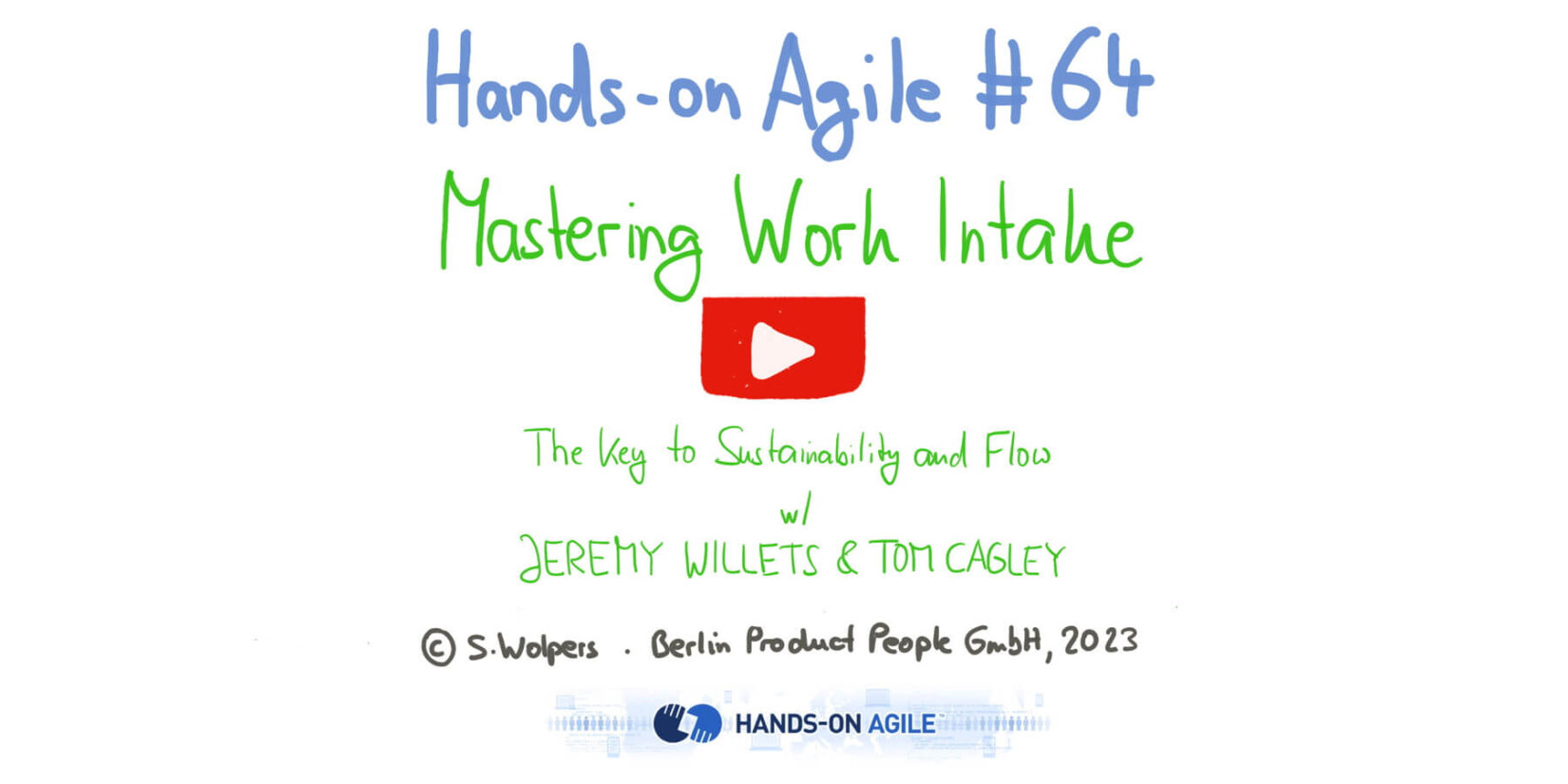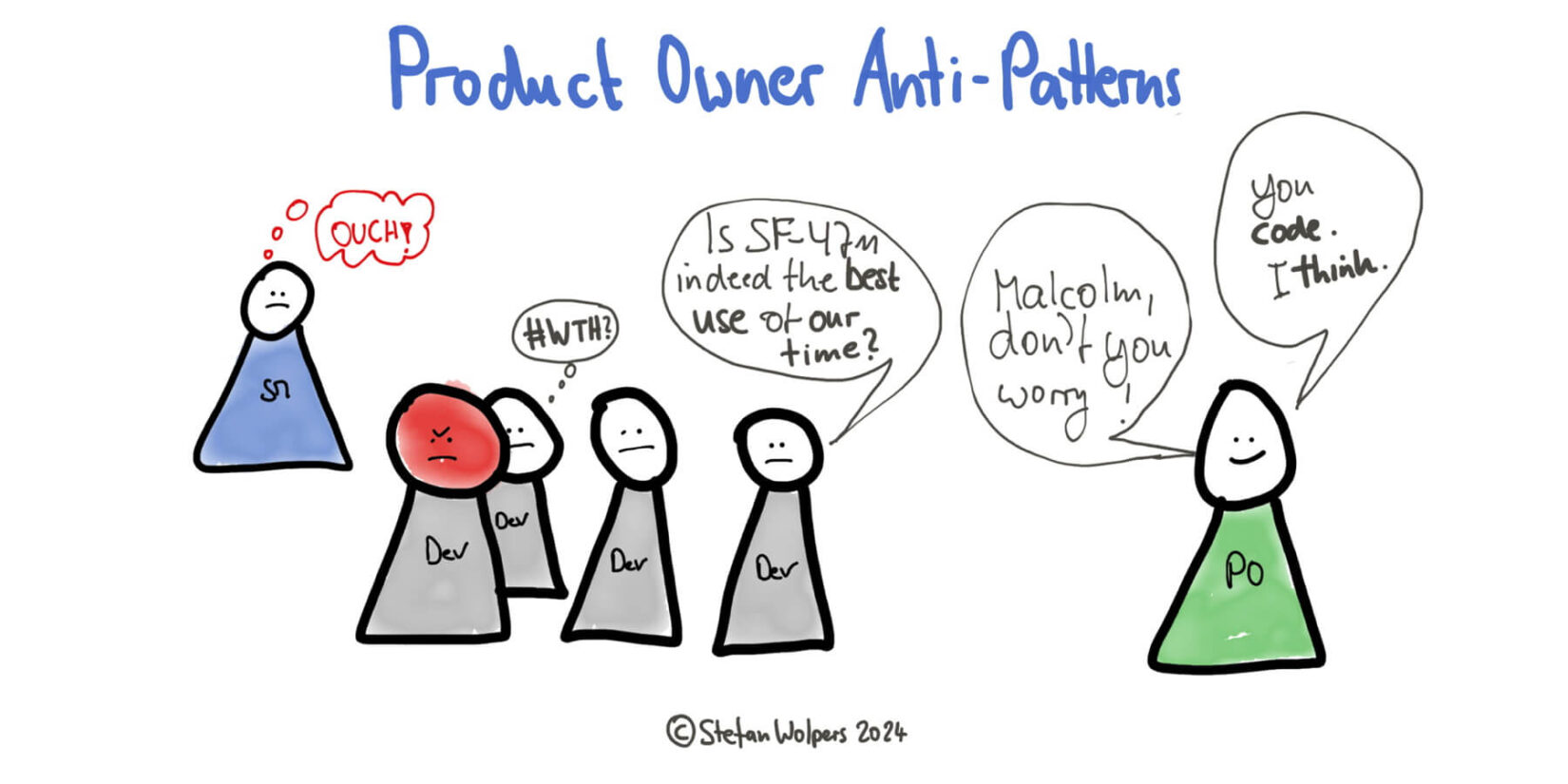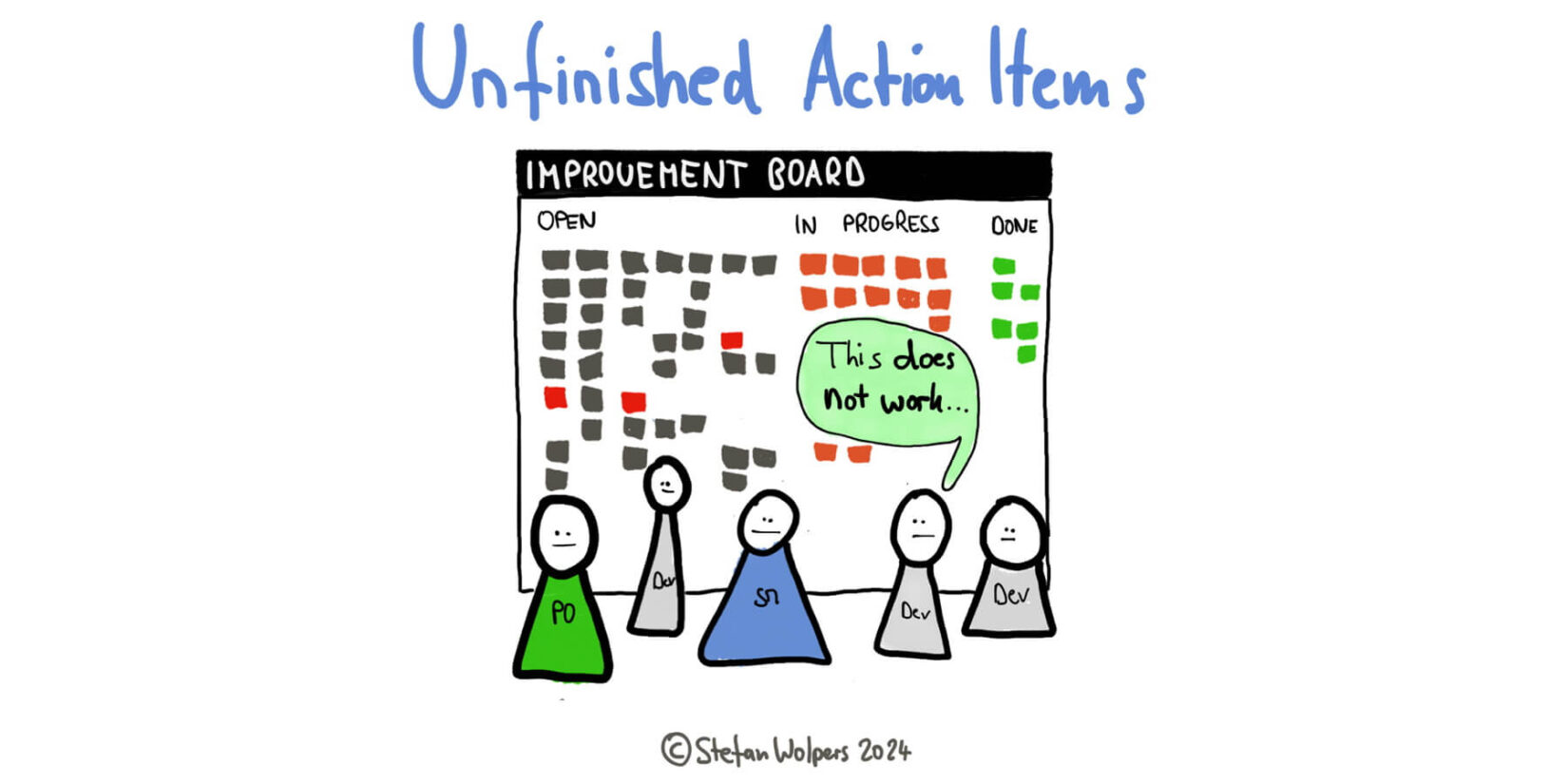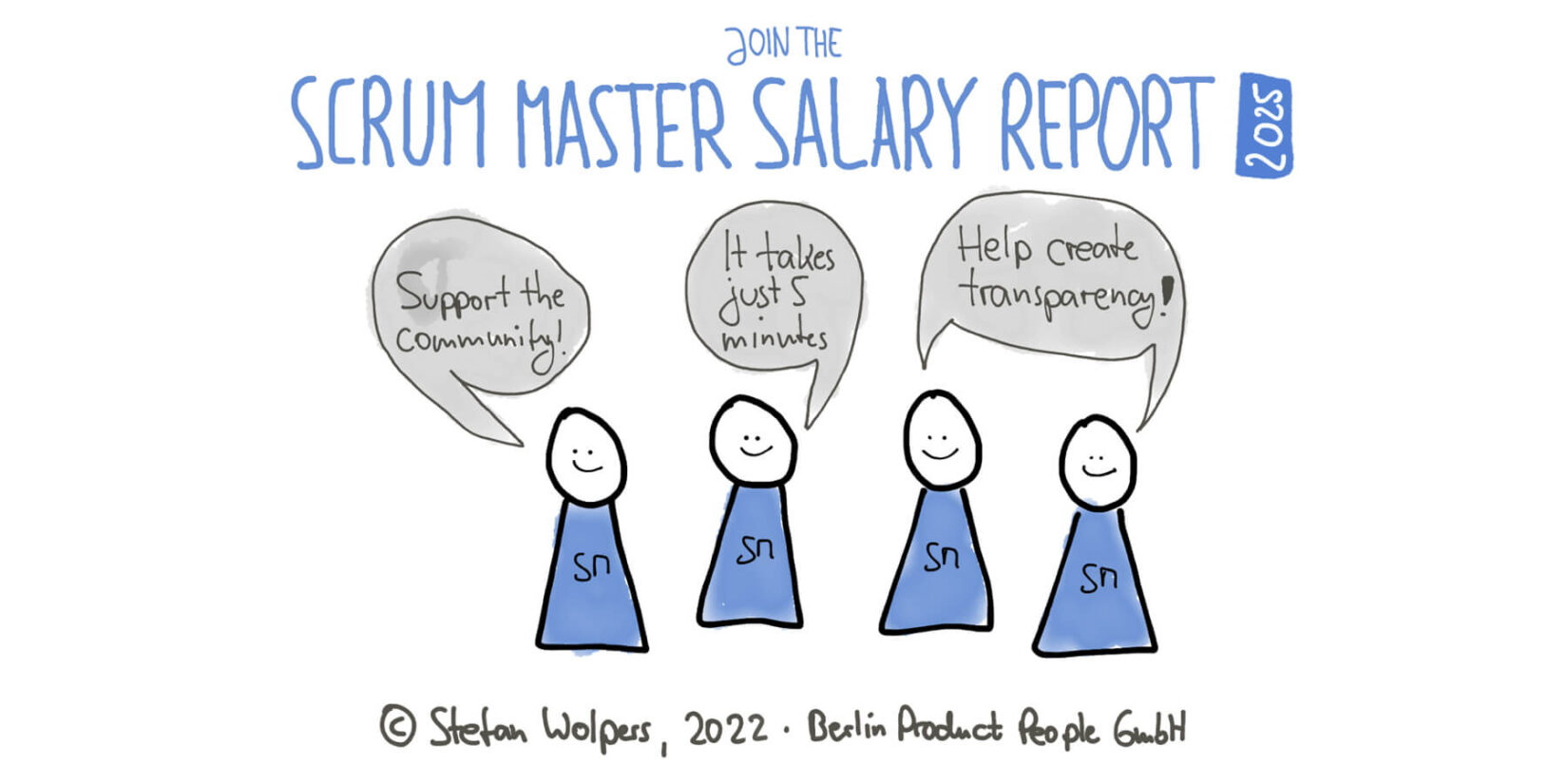TL; DR: Product Washing
By all means, the “Product Operating Model” (POM) has surged in popularity, especially among traditional organizations keen to prove their adaptability. (And, of course, among the McBostonians who, now that ”Agile” is dead, need a substitute to bill their junior consultants.) Which brings us to the problem of Product Washing.
On the surface, the product operating model promises a more customer-focused, outcome-driven approach. Empowered teams create value iteratively rather than following rigid, output-focused roadmaps. Best of all, they do so autonomously, well-aligned with the organization’s overall strategy and the possibly myriad other teams working on different initiatives. Think of SAFe done right.
Yet, for all its promise, the product operating model risks becoming another buzzword rather than an actual driver of transformation. Organizations that tout a “product-led” philosophy often do so without making the profound changes needed to live by it. This hollow adoption of product practices, or what we might call “Product Washing,” leaves companies stuck in the same old dynamics but with a new vocabulary: transformation by reprinting business cards. (Does this sound familiar?)






